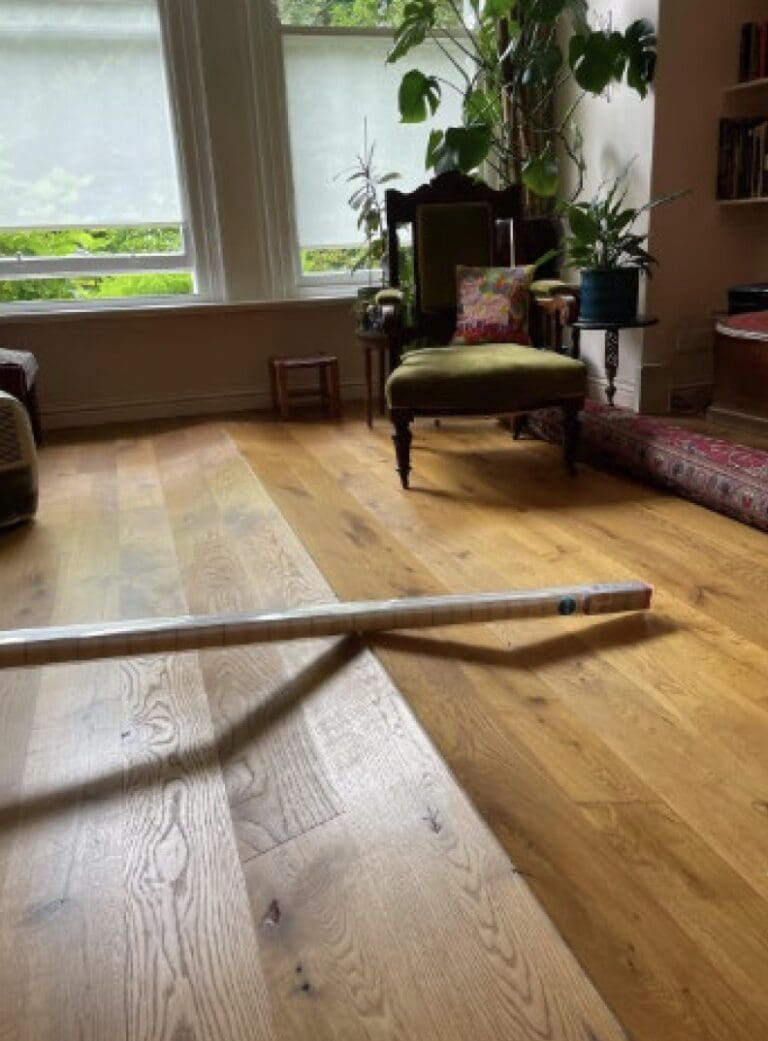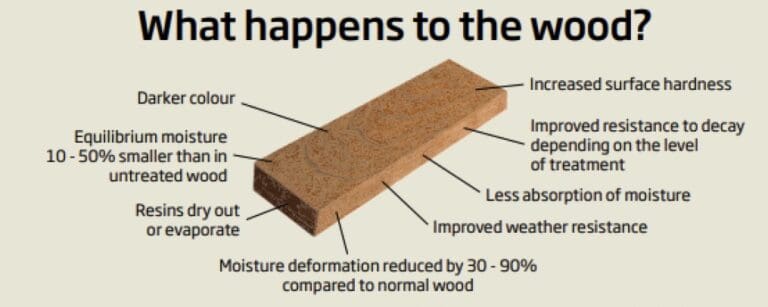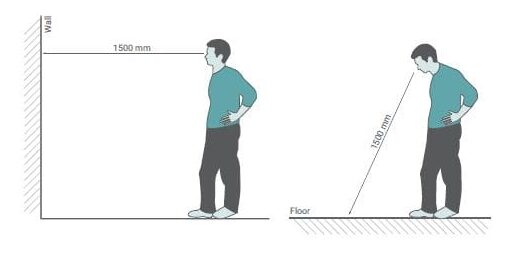
Solid Timber Flooring Buckling, Tenting, and Panelisation
You must log in to ATFA as a member (with an active account) to view this content! Not a member? Join today. Username Password Remember

Australia is serviced by two timber certifying organisations, predominantly known as Responsible Wood (the national governing body for the Programme for the Endorsement of Certification in Australia and New Zealand) and the Forest Stewardship Council Australia (FSC) – this information sheet will explore the benefits and provisions of both.
Fundamentally, certification whether Responsible Wood or FSC, provides proof and peace of mind to the purchaser of the product and end consumer that the timber has originated from sustainably managed forests and considers the environmental impact of forestry and timber production.
Chain of Custody (CoC) basically tracks a wood or forest product from its origin in a certified forest through to its end use as a timber product by the end consumer. CoC covers all intermediate steps such as harvesting, transportation, primary and secondary processing, manufacturing, re-manufacturing, distribution and sales. As such, CoC is an inventory control system. It promotes environmentally appropriate, socially beneficial and economically viable management of forests.
| Certifying Body | Australian Forest Certification Scheme | Forest Stewardship Council Australia |
| International alignment | Programme for Endorsement of Forest Certification (PEFC) – approximately 300 million hectares of global certified forests | Forest Stewardship Council – International Approximately 160 million hectares of global certified forests |
| Product | AS4707 Chain of Custody Australian Standard (Certified Wood and Wood Products – Flooring and Decking) | FSC’s own Chain of Custody Certification |
| Organisation Background | Not-for-profit public company managed by a Board of Directors elected by the members from the broad stakeholder categories of forest, government, employee representative organisations, associations and other stakeholders of timber and wood products, environmental and social and community interests | Supported by the World Wildlife Fund, Greenpeace and The Australian Conservation Foundation. Governed by its members |
| National Coverage | About 16 million hectares of forests, which is over 90% of Australia’s certified forests are certified to the Responsible Wood scheme. | Approximately 1% of forests within Australia of plantation origin (approximately 1.9 million hectares). FSC has certified approximately 5% of Australian certified forestry |
| What Certification Covers | The sustainable management and subsequent certification of native forests and plantations | The management and subsequent certification of plantation grown products |
| Who it Applies to | All organisations in the certification chain
| Manufacturers and others who process, transform or trade forest products |
| Requirements | The audited requirements are:
| The audited requirements are:
|
| What it represents | The Standard represents:
| Ten principles of FSC
|
Contact Details:
Responsible Wood
PO Box 786, New Farm, QLD 4005
Tel 07 3359 1758
Email info@responsiblewood.org.au Website www.responsiblewood.org.au
GPO Box 152 Melbourne Vic 3001
Tel 03 8636 2661
Email info@fscaustralia.org Website www.fscaustralia.org
Please note: ATFA has a timber flooring accreditation program, this is not part of forestry certification as outlined in this information sheet, rather, quality control in the manufacturing process associated with timber flooring production.

You must log in to ATFA as a member (with an active account) to view this content! Not a member? Join today. Username Password Remember

You must log in to ATFA as a member (with an active account) to view this content! Not a member? Join today. Username Password Remember

You must log in to ATFA as a member (with an active account) to view this content! Not a member? Join today. Username Password Remember